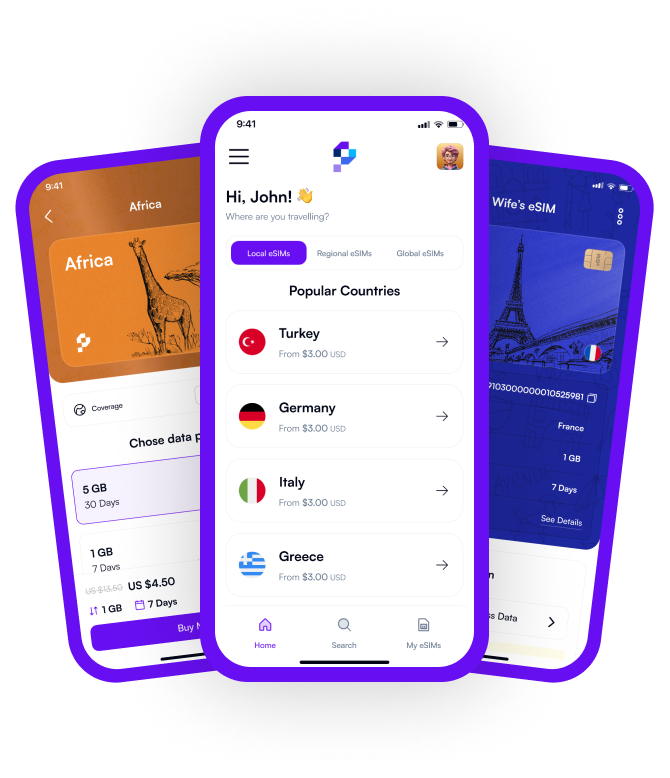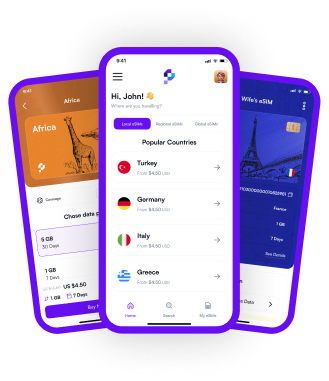Phones with eSIM technology offer several advantages in terms of battery performance. Unlike physical SIM cards, eSIM takes up less space in the device and consumes less energy. This can improve the overall battery life of the phone and optimize battery consumption.
Additionally, thanks to eSIM, phones can be designed thinner and lighter, allowing for more efficient use of the battery. Phones with eSIM can manage mobile data connections with lower power consumption, improving performance and helping users maintain continuous communication for longer periods.
Impact of eSIM Technology on Battery Life
eSIM technology optimizes energy consumption in phones, improving battery life. Unlike physical SIM cards, eSIM functions as an embedded module within the device, consuming less energy. Physical SIM cards may require additional hardware that can lead to higher energy consumption, whereas eSIM’s digital structure uses less power.
Thinner Designs
Another advantage provided by eSIM is that phones can be designed thinner and lighter. This allows manufacturers to increase battery size, thereby extending battery life. Thinner designs also enhance the ergonomics and portability of the device while promoting energy efficiency.
Lower Power Consumption
eSIM consumes less power than physical SIM cards because it minimizes energy usage within the device. eSIM technology more effectively manages mobile data connections, which helps the battery last longer. Furthermore, phones equipped with eSIM generally come with more advanced energy management systems, further improving overall battery performance.
Energy Efficiency of eSIM: How It Consumes Less Power
Unlike physical SIM cards, eSIM provides a digital structure. This eliminates the energy consumption associated with physical SIM cards. Since eSIM works through software within the phone, it uses less energy than hardware-based SIM cards. As a result, your device’s battery life is extended, ensuring more efficient energy use.
Fewer Hardware Requirements
Physical SIM cards require additional hardware and space in devices, which can increase energy consumption. eSIM, however, removes this extra hardware requirement as it is entirely software-based. This reduces the overall energy consumption of the phone and helps the battery last longer.
Energy Management Systems
eSIM technology can integrate with more advanced energy management systems. These systems more efficiently manage mobile data connections, optimizing power consumption. Phones with eSIM can perform data transmission and connection processes more efficiently, which helps extend battery life.
eSIM Features that Extend Battery Life
Unlike physical SIM cards, eSIM is a fully digital technology. This allows it to operate without taking up physical space or consuming extra energy. The digital nature of eSIM reduces energy consumption within the phone, helping the battery last longer.
Advanced Energy Management
eSIM technology can integrate with more sophisticated energy management systems. These systems optimize mobile data connections and network performance, reducing power consumption. Thanks to efficient data transmission and connection management, your phone’s battery life is extended, allowing your device to run for longer periods.
Fewer Hardware Requirements
Since physical SIM cards require additional hardware, they can increase energy consumption. eSIM eliminates this extra hardware, improving the overall energy efficiency of the phone. This helps the device’s battery last longer.
Flexible Usage and Application Options
eSIM technology allows users to manage their mobile plans more easily. Users can switch between data packages or use multiple numbers on the same device. This flexibility helps ensure that the battery is used more efficiently and prevents unnecessary energy consumption.

